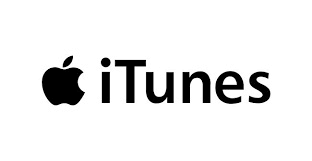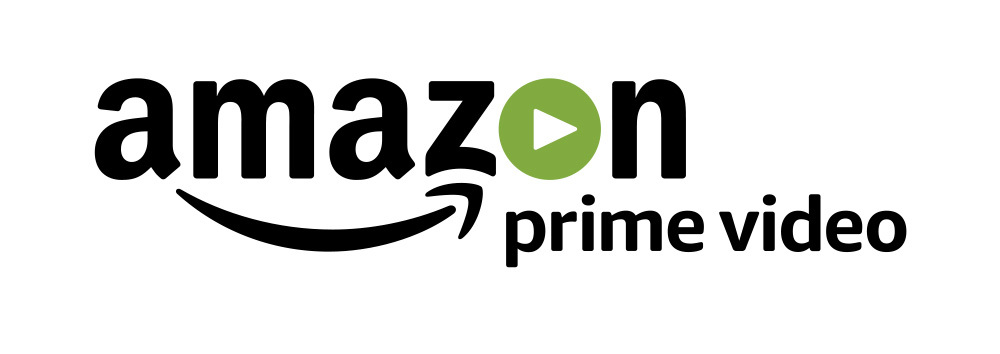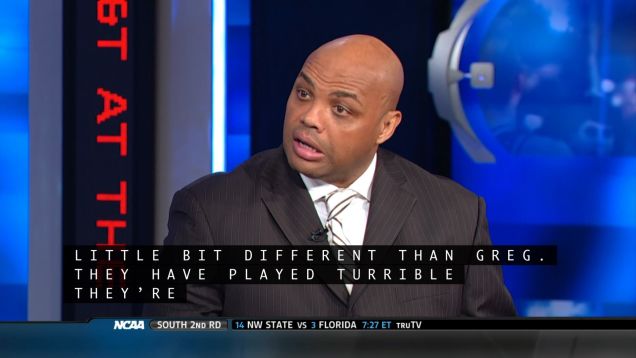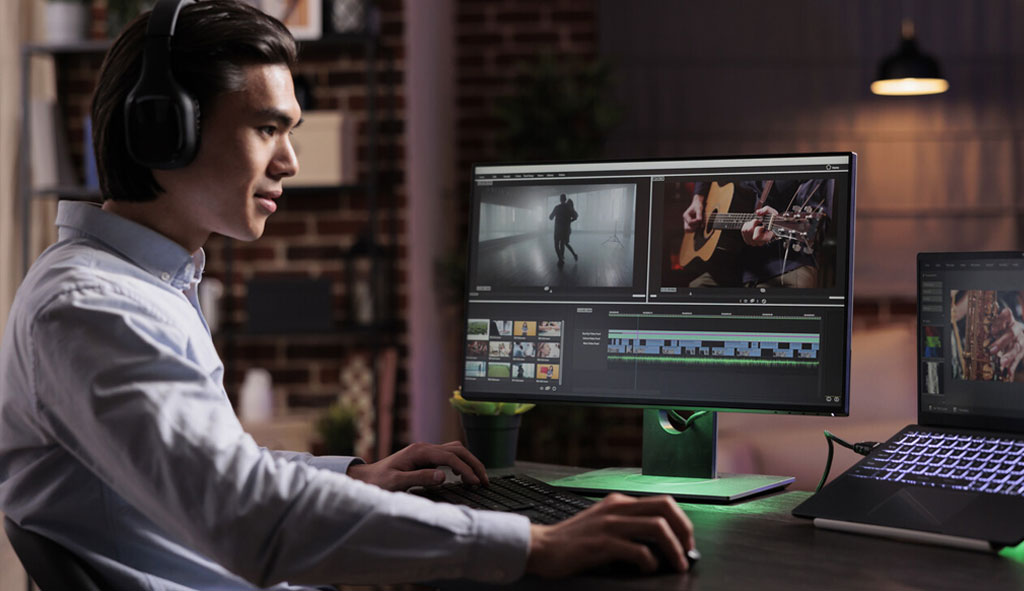Closed captioning
Post-production Captioning
Cinepros only produces what we call “broadcast-quality captions.” This means you can expect:
- ~100% accuracy
- proper grammar and punctuation
- proper breakdown of text
- proper on-screen placement of captions
- thorough SFX and IDs
Let's face it...
Unless you work in the captioning industry, you have no reason to understand the technical nuances of closed captioning. Let the professionals at Cinepros help you remain compliant with current captioning laws, as well as deliver the most professional captions as possible.

Captioning
We support nearly all types of caption files and formats, including international formats. Some of the more common caption file types are:
- SCC
- CAP
- SRT
- ITT
- MCC
- DFXP
- XML
- SMI
- WebVTT
- STL
- SMPTE-TT
- SON
-
Why not 100%?
We're human. Captioning is not always an objective task. Anyone who promises "100% accuracy" is simply rounding up.
Could you honestly hear the difference between "There's a mass of fish down there" and "There's a massive fish down there"?
-
Human or machine?
All captioning and transcription done at Cinepros is done by well-trained, highly-skilled humans.
Automated captioning simply does not compare to the quality of captioning produced by trained captioners.
-
Pop-on or Roll-up?
Here it is put simply:
Post-production: pop-on captions
Live: roll-up captions
We Solve Real Problems
VOD Captioning

Netflix
Video on demand services, such as Netflix, iTunes, and Amazon Video, have stringent guidelines for closed captioning. Some services require captions to be formatted one way while another service may have different requirements. Not only that but VOD services often request different caption files types for different purposes.

iTunes
NetCaptioning is well versed in the requirements for each of the major VOD services. Including in our pricing is the delivery of multiple types of caption files, depending on which VOD service you're delivering to.

Amazon Video
Not sure which type of captioning or caption file you need? We'll make sure your captioning is accepted by the VOD service.
Don't get failed!
When delivering to a VOD service such as Netflix or Hulu, it’s important that your captions not fail their QA review.
Each VOD service typically has one or more people doing spot checks of the captioning. The most common reasons captions may fail QA are:
- captions obscuring on-screen text
- missing SFX
- caption timing is off or is drifting
- missing captions
Failure of captions will result in the delay of your release and may cost you additional money to fix.
Don't get failed!
When delivering to a VOD service such as Netflix or Hulu, it’s important that your captions not fail their QA review.
Each VOD service typically has one or more people doing spot checks of the captioning. The most common reasons captions may fail QA are:
- captions obscuring on-screen text
- missing SFX
- caption timing is off or is drifting
- missing captions
Failure of captions will result in the delay of your release and may cost you additional money to fix.
Live Captioning
Live captioning is typically performed remotely, with a live captioner receiving an audio feed and sending real-time captions. Captioning can be performed for live broadcast television or for the web. Live captioning can also be performed for live events, such as graduation ceremonies and symposiums.
Cinepros’s live captioners boast outstanding accuracy and reliability rates. Technical content? Not a problem. We’ll make sure to match your event with a captioner well versed in the content.
Live captioning for broadcast television typically involves the use of an HD CC encoder. These units can be purchased or rented on a weekly basis.
Live captioning for the web does not typically involve the use of hardware. Depending on which live video platform is being used, captions may appear on top of the video, like you see during broadcast television, or they may appear in a separate window or area of the screen.
For live events, such as graduation ceremonies and sporting events, captions often appear on a fascia board or on strategically-placed LED screens.
Unless you work in the captioning industry, you have no reason to understand the technical nuances of closed captioning. Let the professionals at Cinepros help you remain compliant with current captioning laws, as well as deliver the most professional captions as possible.

How does live captioning work?
Live captioning is performed by experienced captioners using steno machines. It takes about two years to learn to be a live captioner, and longer to reach exceptional accuracy rates.
Typically, captioners are not on-site; they usually work from home. For broadcast captioning, they receive an audio feed through a standard telephone line and send the caption data through another phone line. Caption data and audio can also be sent and received over IP.
Foreign Language Captions
With the EIA-708 broadcast television standard, as well as the ubiquity of online video and VOD services, foreign language captions have become more commonplace.
When performing non-English captioning, Cinepros strictly employees captioners who caption in their native tongue. This ensures ~100% accuracy of the transcript.
As with English captioning, you can expect:
- ~100% accuracy
- proper grammar and punctuation
- proper breakdown of text
- proper on-screen placement of captions
- thorough SFX and IDs

Which languages are supported?
EIA-608 captioning supports English, as well as the following languages:
- Spanish
- Portuguese
- French
- Dutch
- German
- Italian
EIA-708 captioning supports virtually all languages, including Asian characters.
Caption Encoding
Encoding closed caption data to a video file requires specialized software and technical knowledge. And even when the CC data is encoded, it often requires specialized software to view the captions.
Cinepros utilizes the latest caption encoding techniques in order to ensure that your project is encoded successfully. Some of the common video formats that we support are:
- MPEG-2
- Quicktime MOV
- MXF
- WMV

Do I need the captions encoded to my video file?
Typically, you only need captions encoded to a video file when the video is being delivered for broadcast television.
If your video is being put on the web or is being delivered to a VOD service like Netflix or Hulu, you probably don’t need the captions encoded to your video. In these cases, you typically will provide a separate caption file.


